We’re a National Geographic Kids Insider. All thoughts are our own and product was provided for review. Our five-year old loves animals. He started out with farm animals when he was two and now he’s moved on to anything that walks, slithers, walked at one point, flies or swims. Our recent trip to the beach provided a nice opportunity for him to dig into First Big Book of the Ocean by Catherine D. Hughes. It’s published by National Geographic and has big enough words to be a challenge to middle schoolers while having great pictures and simple enough vocabulary for elementary assisted reading.
The book is divided up into regional sections, Pacific, Atlantic, Indian, Arctic and a couple pages with basic ocean information, a glossary, map, credits and index. That’s important to point out because we vacation on the East Coast and will never see a California Sea Lion here. To the same extent, folks on the West Coast won’t see an Atlantic Horseshoe Crab on their beaches.
At a beach bar we saw a horseshoe crab shell. “Ooh, look a horseshoe crab shell, remember we read about them this morning, they have five pairs of legs, isn’t that cool?” I said. Personally I was impressed that I remembered that they had five pairs of legs, but our oldest was more interested in the virgin, strawberry frozen drink that we’d just gotten him.
A teachable moment also occurred when we saw the signs on the beach that pointed out where the Loggerhead Turtles nest. While these turtles aren’t in the book, some of their relatives are and I explained to him why it was important to let these guys find the beach when they hatch.
The images in the book are large, engaging and the text is big enough for young readers to look at and enjoy reading along with you. The book also subscribes to something that I love about quality children’s books in that the page background is in different colors. For example, the background for the horseshoe crab is blue while it’s purple for the Blue Star in the Indian Ocean.
Each animal has a small fact template on their page that lists the kind of animal, home, size, food, sounds that it makes and how many eggs they lay at a time.
If your child is into animals or watches The Octonauts then they’ll recognize a couple of the fish. Deep in the Pacific Ocean there is a small, scary looking creature called the Deepsea Anglerfish. The female has a rod on her head that extends out with a lure that glows in the dark waters. Curious fish will go up towards the light and get eaten. Not surprisingly, the male of this species depends on them for food. This fish was highlighted in an episode of Octonauts and while our son didn’t say that he remembered it, I know that he did.
Another thing that’s cool about First Big Book of the Ocean is that it is really big. The book itself is big and has more in common with a coffee table book than an educational book for you and the kids. This is an active use resource book. We sometimes read a couple of pages as part of our good-night routine, but older kids could also use it as a gateway for a book assignment that’ll lead them online for more detailed studies.

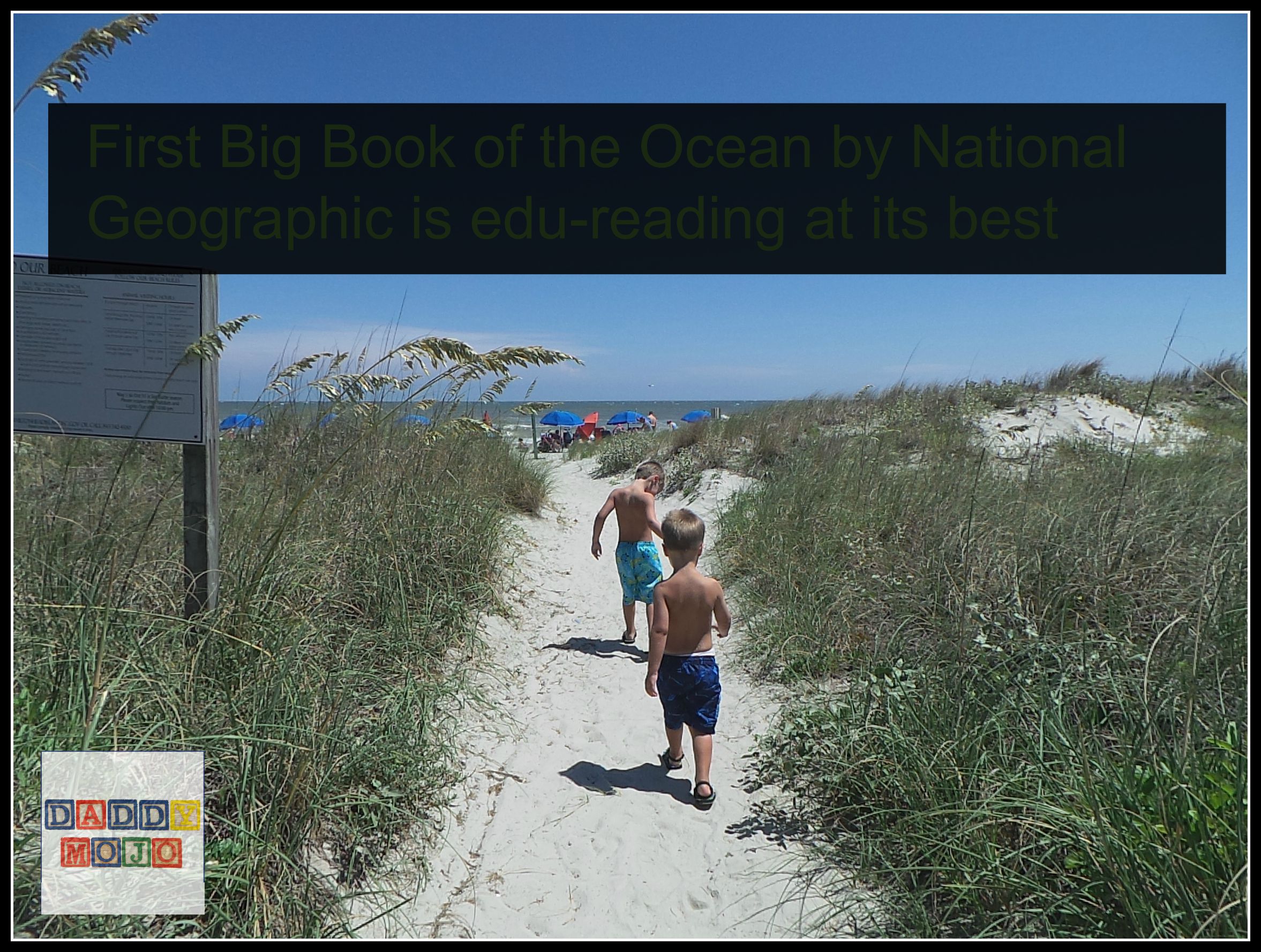
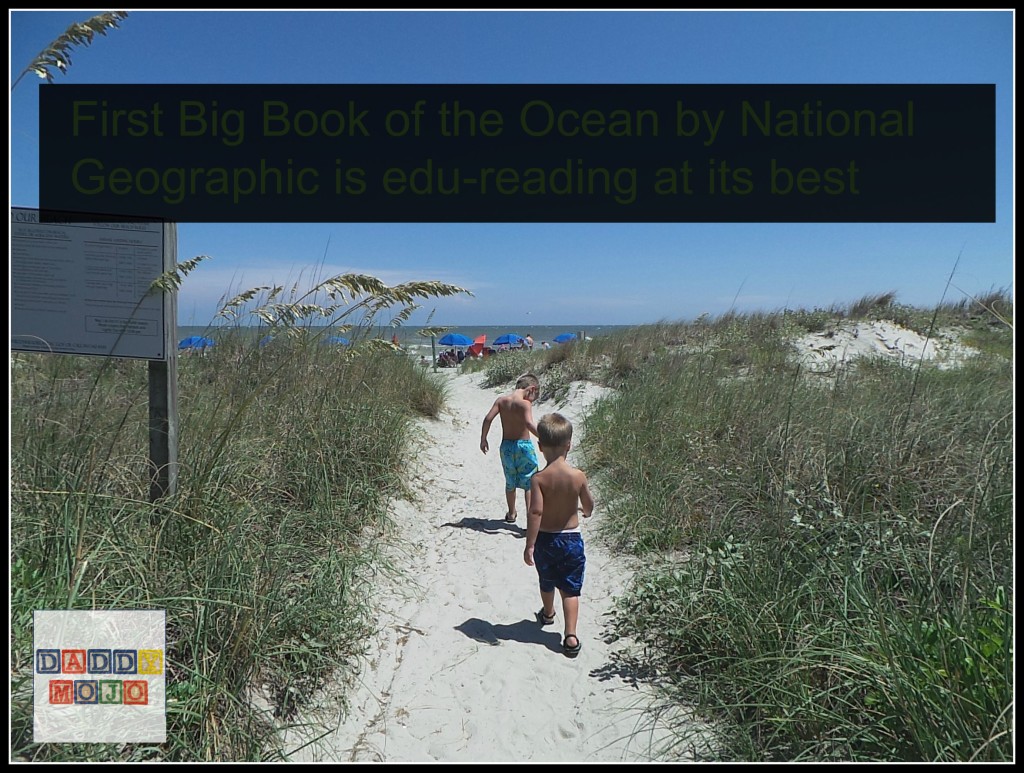
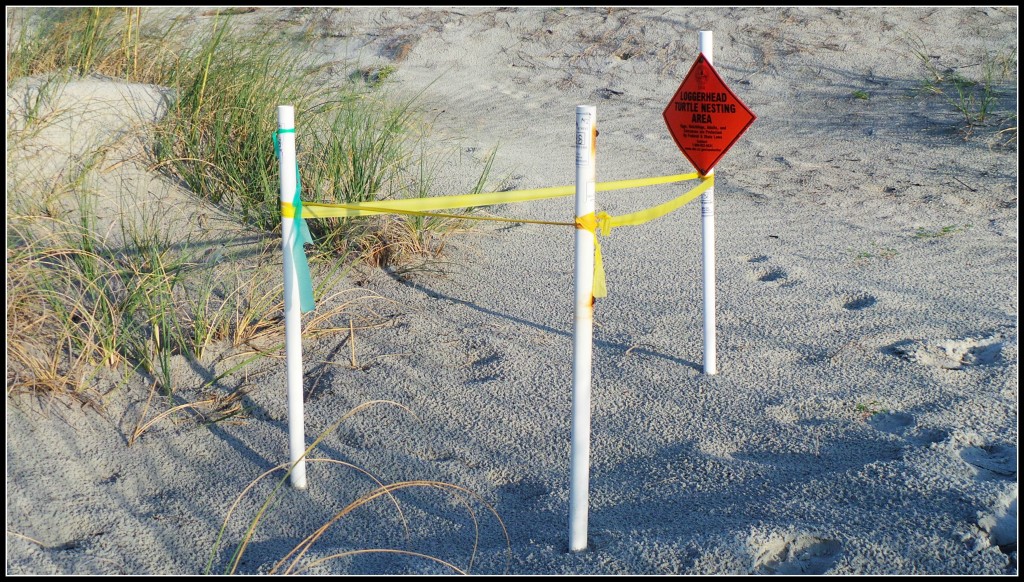
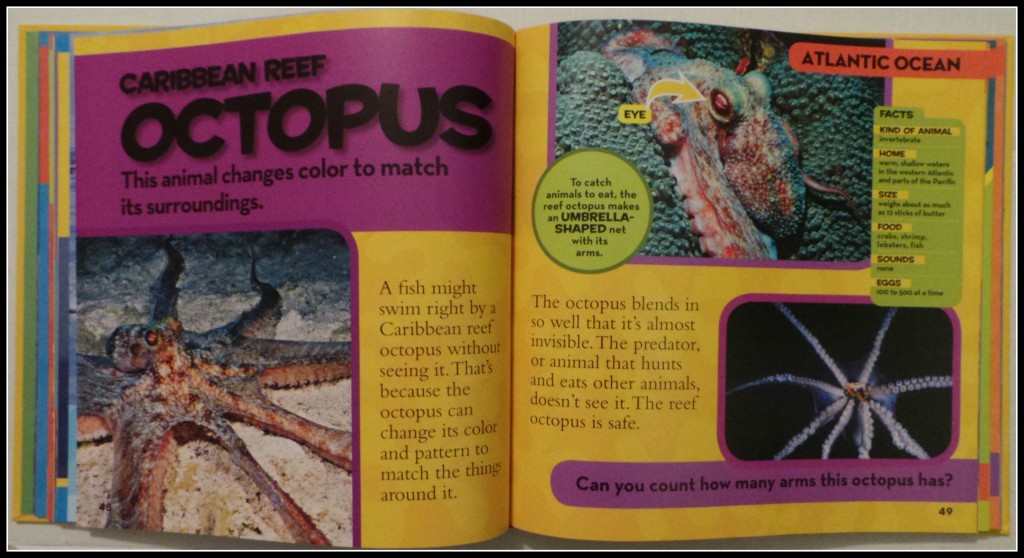
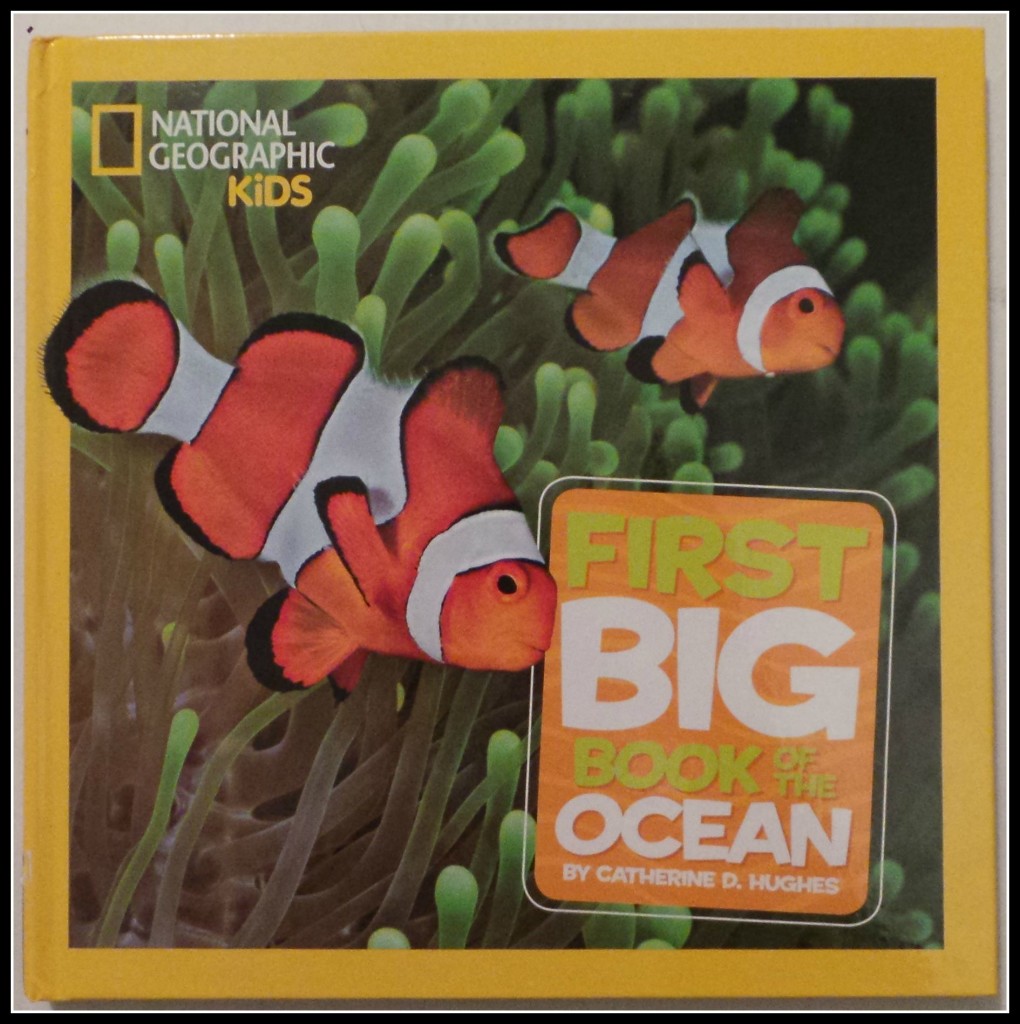



 Facebook
Facebook Twitter
Twitter Flickr
Flickr GooglePlus
GooglePlus Youtube
Youtube